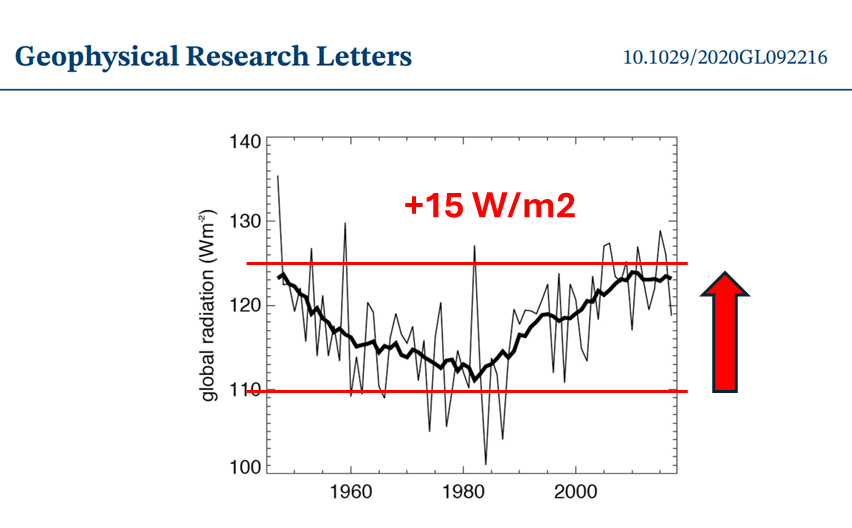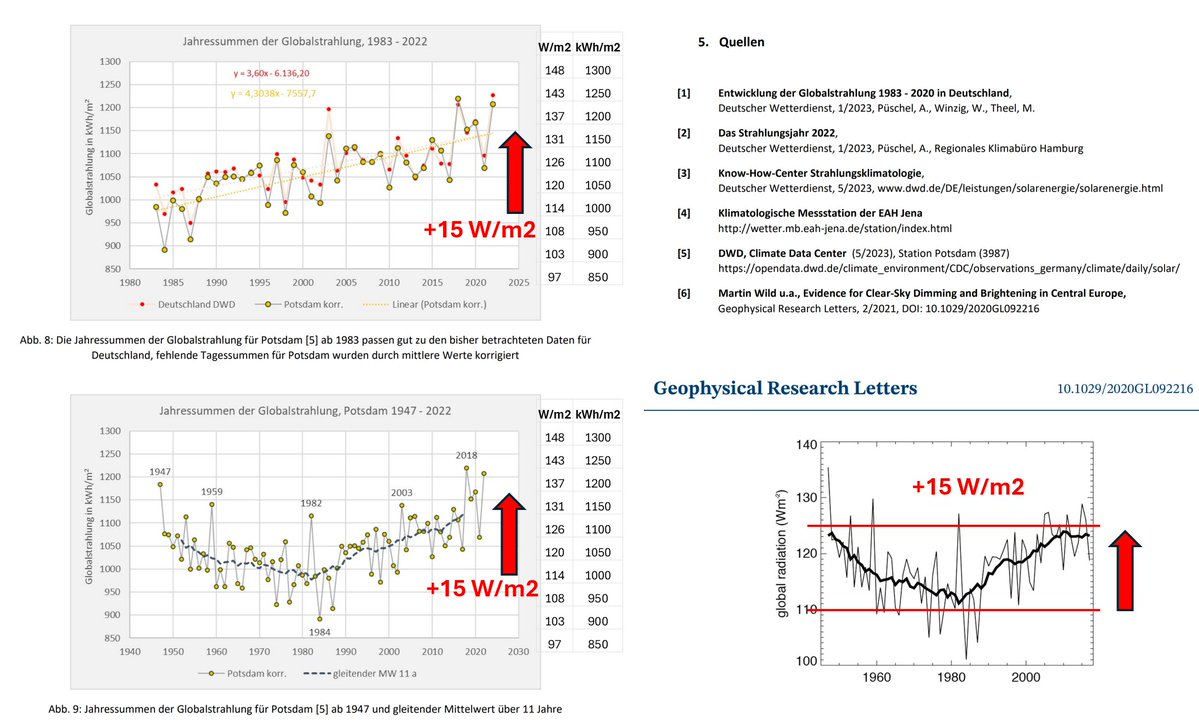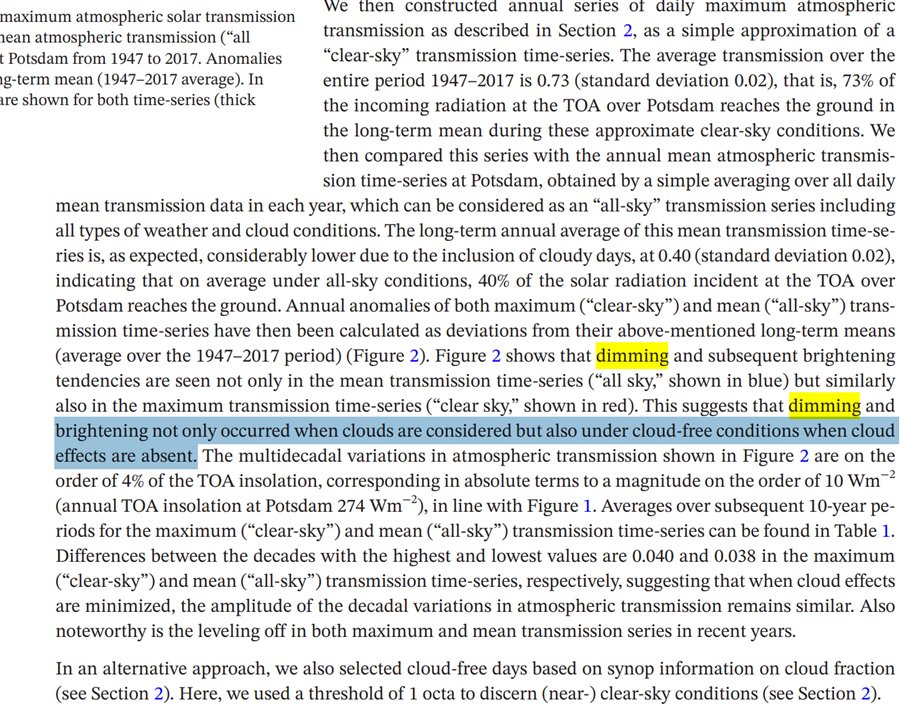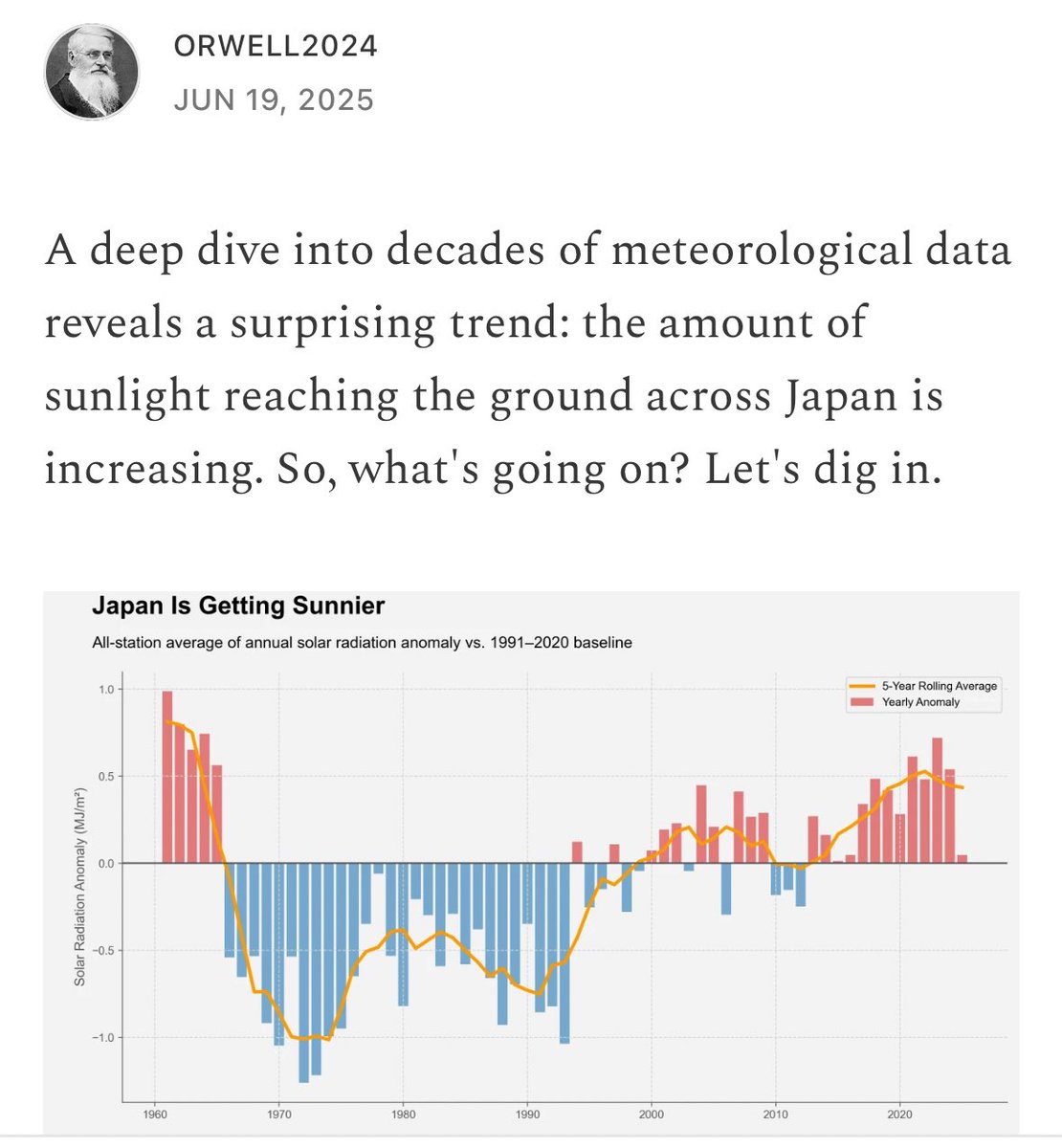1/ Deutschland
Nr.3 Weltweit an Härte.
Die zivilisierten Nachbarn sind komplett offen, mit einer 50% geringeren Kindersterblichkeit (Schweden).
Ohne Schulschließungen, Testen, Masken, Angst...
DE: Eine politische Schande mitten in Europa. Auch Impfzwang wird beworben.

Nr.3 Weltweit an Härte.
Die zivilisierten Nachbarn sind komplett offen, mit einer 50% geringeren Kindersterblichkeit (Schweden).
Ohne Schulschließungen, Testen, Masken, Angst...
DE: Eine politische Schande mitten in Europa. Auch Impfzwang wird beworben.
https://twitter.com/MarcoBuschmann/status/1492775688662917120


2/ Es wird offen über eine Pflicht diskutiert, obwohl dieses Medikament nur eine bedingte Zulassung hat.
Die Plicht soll sogar künftige Produkte abdecken. Eine Groteske.
Die Plicht soll sogar künftige Produkte abdecken. Eine Groteske.

3/ "The company that markets Comirnaty will provide monthly safety reports."
Where are those monthly reports?
Where are those monthly reports?

7/ I have never seen such statements in my career in Q&S. Ever.
"it's likely that" !?
Try this in aerospace or automotive.
This is just amazing, in particular with mandates, QR passports and criminalization of those who are sceptic and cautions after informing themselves.
"it's likely that" !?
Try this in aerospace or automotive.
This is just amazing, in particular with mandates, QR passports and criminalization of those who are sceptic and cautions after informing themselves.
8/ Did the report mention the unbinding of the phase 3 placebo trial, and discuss how this impacts the so called "long term safety" study?
We could as well add "amen" or "we believe" into safety reports now.
We could as well add "amen" or "we believe" into safety reports now.

• • •
Missing some Tweet in this thread? You can try to
force a refresh





























